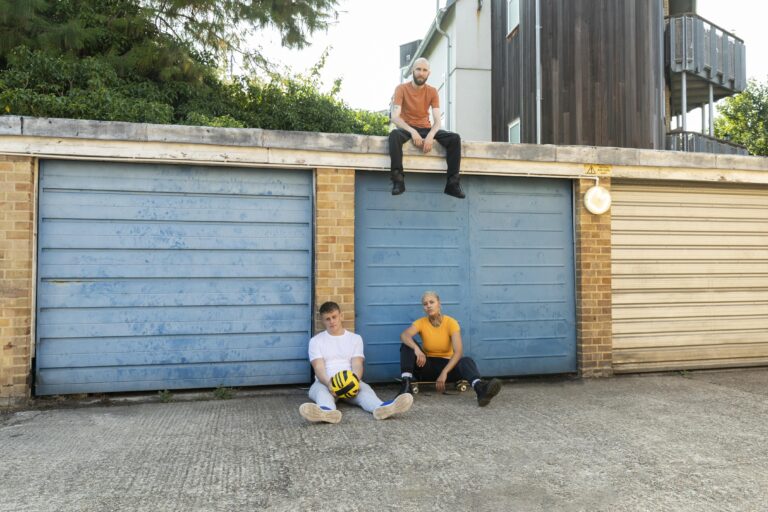If you’re intrigued by the world of electronics and programming, the Official Arduino Starter Kit Deluxe Bundle is your gateway to becoming an adept maker. Whether you aim to build simple gadgets, automate your home, or prototype a product idea, the Arduino kit provides a versatile platform to bring your innovations to life. This guide will walk you through the basics of setting up and completing your first project with this comprehensive kit.
What is Arduino?
Arduino is an open-source electronics platform based on easy-to-use hardware and software. It’s designed for anyone making interactive projects. The key component is the Arduino board which reads inputs – light on a sensor, a finger on a button, or a Twitter message – and turns it into an output – activating a motor, turning on an LED, publishing something online. You can tell your board what to do by sending a set of instructions to the microcontroller on the board via the Arduino programming language.
Unpacking Your Arduino Starter Kit
The Official Arduino Starter Kit Deluxe Bundle is packed with components that can be used for a multitude of different projects. Inside, you’ll find an Arduino Uno board, which will serve as the brain of your projects. The kit includes a variety of electronic components such as LEDs, resistors, motors, and sensors. Additionally, it comes with a breadboard for mounting components and connecting them without soldering, making it ideal for beginners.
Setting Up Your Arduino Environment
Before you begin, you’ll need to set up your software environment:
- Download and Install the Arduino IDE: The Integrated Development Environment (IDE) is where you’ll write your code and upload it to the Arduino board. You can download it for free from the official Arduino website.
- Connect Your Arduino Uno: Using the USB cable included in your kit, connect your Arduino Uno to your computer. Your computer should recognize the Arduino and install any necessary drivers.
- Select Your Board and Port: Open the Arduino IDE, go to Tools > Board, and select “Arduino Uno”. Then go to Tools > Port and select the port that shows “Arduino Uno”.
Your First Project: Blinking an LED
One of the most basic yet enlightening projects you can do with an Arduino is blinking an LED:
- Connect Your LED: Insert the LED into the breadboard. Connect a 220-ohm resistor to one of the LED pins to protect it. Use jumper wires to connect the other side of the resistor to the Arduino’s pin 13, and the other LED pin to one of the Arduino’s GND (ground) pins.
- Write the Code: Open your Arduino IDE and write the following simple code to blink your LED:
cpp
Copy code
void setup() { pinMode(13, OUTPUT); // Set pin 13 as an output }
void loop() { digitalWrite(13, HIGH); // Turn the LED on delay(1000); // Wait for a second digitalWrite(13, LOW); // Turn the LED off delay(1000); // Wait for a second }
- Upload and Run: Click the upload button in the IDE. If everything is set up correctly, your LED should start blinking on and off every second.
Exploring Further
Once you’ve mastered the blinking LED, the Arduino Starter Kit offers a range of projects that can help you develop more advanced skills. Each project comes with circuit diagrams and tested code that you can customize. From making musical instruments to simulating sunrise, the possibilities are nearly endless.
Embarking on the journey of learning Arduino opens up a universe of creative potential. The Official Arduino Starter Kit Deluxe Bundle is designed to provide you with everything needed to get started. Dive in, experiment, learn, and create!





